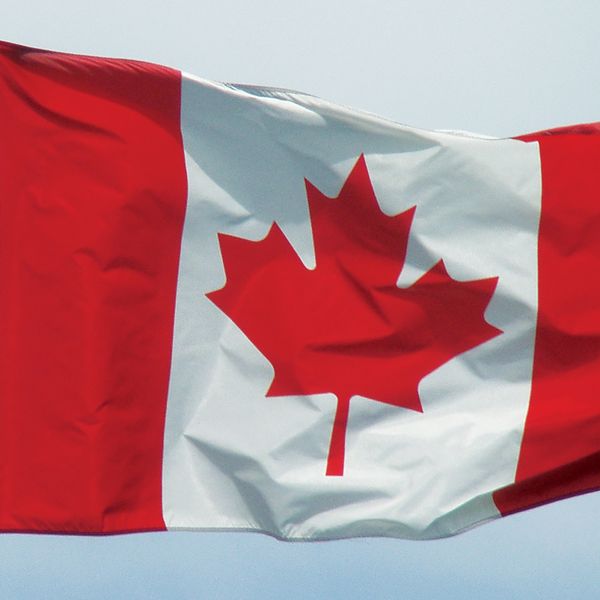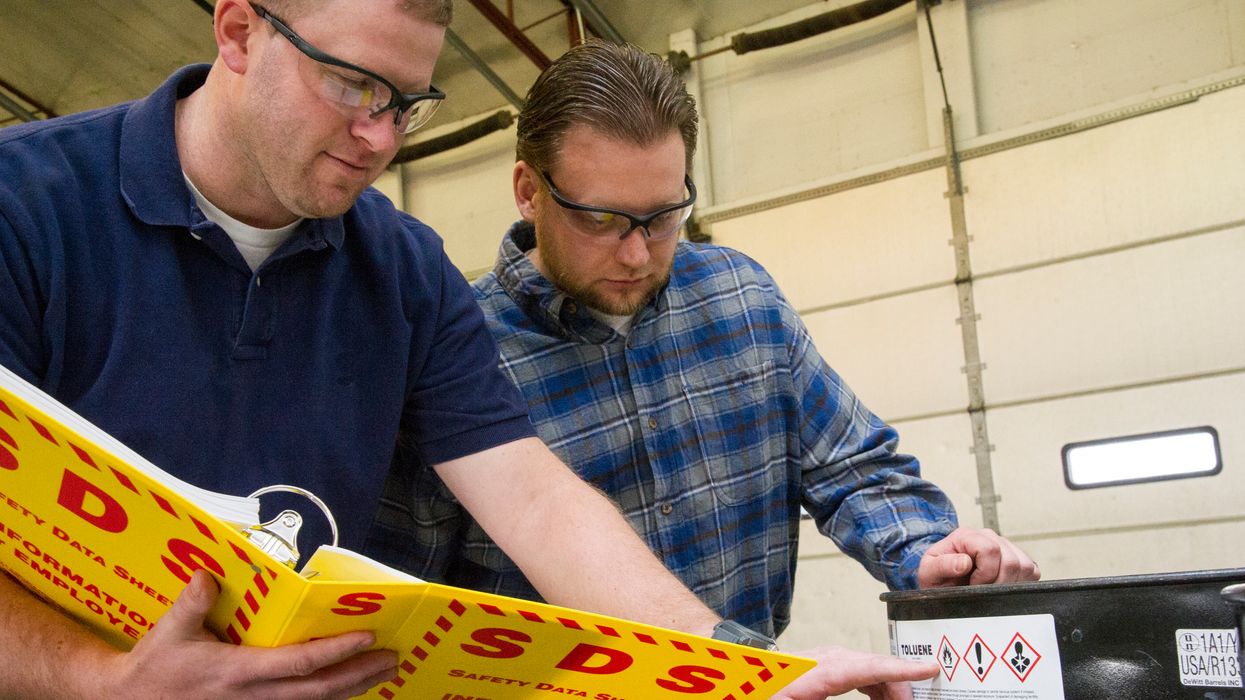What U.S. carriers need to know when operating in Canada
The Canadian ELD mandate is just one of many requirements that U.S. motor carriers and their drivers need to be aware of when operating in Canada.
The following topics and tips will assist you if you operate or are considering operating in Canada.
Can your driver enter Canada?
To operate into Canada, you’ll first need to contact Citizenship and Immigration for the proper clearances to enter Canada. Certain criminal convictions can make a person inadmissible to Canada, and it’s best to know about this before your drivers arrive at the border. It might be good to double-check even if you know your drivers meet the requirements.
Drivers will also require passports or passport cards to enter Canada and return to the United States. Some states issue enhanced driver’s licenses for border crossing purposes. A FAST card will also work.
Is your vehicle and load approved to cross the border?
Motor carriers must ensure their vehicles and loads are approved to enter Canada. This involves having the proper paperwork and registrations to get through Canadian customs (Canada Border Services Agency (CBSA)). Many carriers work with brokers to handle the requirements to cross the border, especially if they make regular trips to Canada. Working with a broker is not required, but it might make things easier.
Canada has implemented e-Manifest (similar to the Automated Commercial Environment (ACE)). It is mandatory.
Do IFTA and IRP requirements apply?
If your vehicles are already registered under International Registration Plan (IRP) and International Fuel Tax Agreement (IFTA), all that you would need for IFTA is to display your IFTA license/decals and track the mileage and fuel while you are in Canada. For IRP under Full Reciprocity you’re able to operate in all provinces; if you do not have IRP, trip permits would be required.
If operating in Alberta, Manitoba, Nunavut, Ontario, Saskatchewan, or Yukon, you’ll need to register for the federal fuel charge program. It’s another tax that would be filed quarterly directly with Canada Revenue Agency (you use your IFTA return to help you file it).
What provincial requirements should you be aware of?
Two provinces, Ontario and Quebec, require U.S.-based companies to obtain their provincial safety registrations.
If you’re operating into:
- Ontario, you need to obtain Ontario’s Commercial Vehicle Operator Registration (CVOR). Call the Ministry of Transportation Ontario for information on how to apply.
- Quebec, you need to obtain a Registration Identification Number (RIN).
- British Columbia, you’ll need to file proof of insurance with the Insurance Corporation of British Columbia. Call (800) 661-1866 for information.
Note: Ontario and Quebec also require certain vehicles to have their speed limiters set to 105 km/hour (65 mph).
Will Canada accept your U.S. daily vehicle inspections?
U.S. drivers operating U.S.-plated vehicles into Canada have reciprocity regarding trip inspections. Canada will accept a U.S. driver’s previous days’ post-trip inspection report, but the driver must carry it with him/her in the vehicle while operating in Canada. The report must be no more than 24 hours old. The no-defect driver vehicle inspection report (DVIR) rule does NOT extend into Canada — a U.S.-based driver operating in Canada would require a written DVIR, defects or no defects.
Do you follow U.S. or Canadian HOS rules while in Canada?
A U.S. carrier entering Canada is required to respect the Canadian hours-of-service (HOS) requirements, including having the required information on the daily log — or if using an ELD, a third-party certified ELD as of June 12, 2021.
Key to remember: Carriers and their drivers need to know what is required to enter Canada and transport freight BEFORE scheduling the trip.


















































